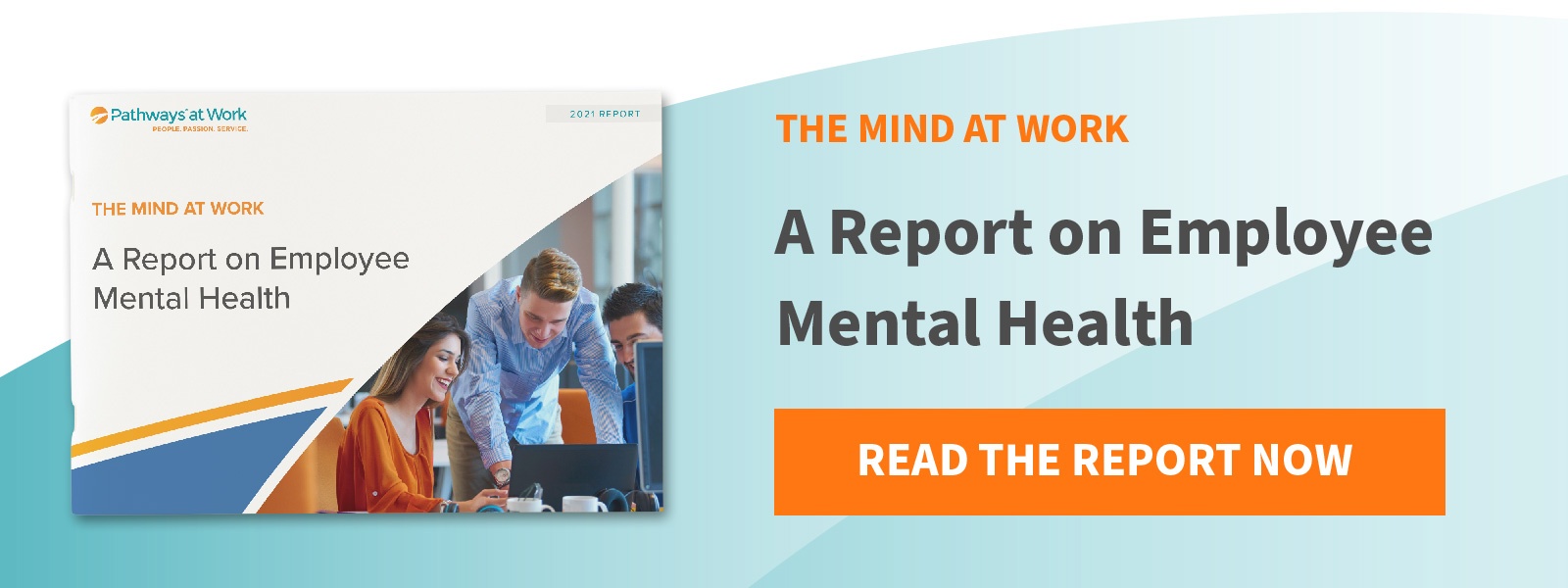Navigating Conflict in the Workplace: Ongoing Challenges in 2021
Workplace conflict is inevitable—and it’s certainly nothing new. Employees with different personalities and communication styles working toward a common goal are bound to encounter conflict in any organization. U.S. employees spend an average of 2.8 hours a week involved in some level of conflict, amounting to $359 billion annually. As a result, human resources teams have long focused on minimizing conflict to ensure positive employee relations and reduce associated costs.
While workplace conflict is universal, the pandemic complicated the nature of workplace conflict. Since March 2020, employees have embraced an entirely new way of working, collaborating, and communicating. However, many struggled with this adjustment, with a majority of employees struggling with the challenges of remote work until October 2020.
In addition to new ways of working, stress from the pandemic has taken a toll on employee mental health. Aside from employee wellness, mental health is a crucial component of workplace conflict. Stressed employees encounter more conflict and find it more challenging to manage. As the landscape of work continues to change, so do stressors impacting employee mental health and conflict.
A year and a half into the pandemic, rates of workplace conflict continue to rise among remote and in-office employees. Unfortunately, so do rates of mental health concerns, with a majority of employees experiencing stress on a daily basis. Regardless of where your employees work, your Human Resources team should be prepared to manage employee mental health and workplace conflict.
What Are the Three Main Causes of Workplace Conflict?
The three leading causes of workplace conflict are different work styles or personalities, communication issues, and stress. When working toward a shared goal, all three of these issues can lead to multiple instances of conflict. For example, coworkers with personality differences can find issues in how each person communicates about shared projects or work. When in the same room, these issues can be easier to navigate with the help of context clues.
Even if two coworkers get along, it’s impossible to maintain effective communication 100% of the time. Conflict occurs more frequently in the office, but employees are more likely to resolve it. If an employee reads their coworker's body language, they can adjust their communication to resolve the issue in real-time. Handling conflicts remotely is more complex than in person and can require more effort to address the issue at hand.
Stress can also contribute to conflict in the workplace. For example, work-related stress due to increased workload, deadlines, or organizational changes can leave employees feeling overwhelmed and less patient. Similarly, life stressors like family or home life can impact an employee’s ability to collaborate with others at work. The more energy dedicated to stress, the less energy employees have to manage workplace conflicts.
When other stressors impact our ability to collaborate effectively with coworkers, it’s because we’ve tapped out our emotional resilience. Emotional resilience is our ability to cope with and adapt to stressful situations. Changes to workplace conflict stem from emotional resilience and how stress may impact our ability to manage conflict at work.
Check out my summary of how emotional resilience impacts workplace conflict in the video below.
How to Handle Conflict in the Workplace: Remote, Hybrid, and In-Office Approaches
Every organization is establishing a new normal for its workforce. Companies are choosing between embracing remote work, a hybrid approach, or a return to the office. Each method brings different considerations when it comes to handling workplace conflict challenges. Therefore, HR professionals should prepare to address new factors of workplace conflict and prevent additional issues from arising among employees.
Remote Work Conflicts
Organizations remaining remote permanently can expect workplace conflict to continue to occur as virtual communication remains the norm. Resolving conflicts must be intentional when working remotely, which can be more complex than casually addressing issues in person. As remote employees are less likely to address problems with coworkers, conflicts can fester and impact long-term productivity and retention.
The longer the conflict goes unresolved, the longer the resolution process. Managing unresolved conflict can put a strain on HR in the long term. As remote workers have unique stressors related to working from home, consider proactive approaches to improve their emotional resilience.
Training employees and managers about emotional intelligence can help prevent conflict from arising in the future. To help mediate existing issues, consider holding training workshops that teach employees and leaders to approach conflict in a virtual environment.
Conflicts When Returning to the Office
If your workforce is returning to the office, your employees may have mixed feelings about their return. On the one hand, they may be excited about seeing coworkers and a return to normalcy. But, on the other hand, they may experience anxiety about leaving their work from home stations.
Anxiety about returning to the office is normal. Some may even grieve the convenience of working from home. However, it may contribute to heightened levels of stress and lend itself to conflict between employees. Additionally, coworkers who left issues unresolved while working remote may encounter further conflict when they return to interacting face-to-face.
Consider a two-prong approach to workplace conflict during your office return: address employees’ anxiety to prevent issues, and resolve existing conflict. HR teams will need to support employees who feel anxious about their office transition to prevent future conflict. Employees will need to manage their emotions about their office return to be productive, manage existing conflict and prevent future problems.
To address existing concerns, consider employee mental health programs that allow team members to improve emotional resilience. Manager training on emotional intelligence can also help resolve and prevent issues between employees. Finally, to avoid further conflict, provide employees guidance and protocols to deal with conflict in the office.
Conflicts in a Hybrid Work Environment
Hybrid approaches will include workplace conflict considerations for remote workers and full-time office returns. Managing conflict in a hybrid environment can be tricky. On the one hand, employees may find their remote days mitigate anxiety about being back in the office. But on the other hand, it may delay conflict resolution as they have a break from in-person interactions.
Employees need to improve their emotional resilience and learn practical ways to cope with stress and anxiety to prevent conflict. Proactive approaches to employee mental health can reduce the instance of workplace conflict. Improved mental health can also make team members more likely to manage issues with coworkers effectively.
In addition, providing stress management resources in the office can help employees manage conflict with coworkers in person. Creating a psychologically safe environment will allow employees to handle conflict when they’re in the office. When employees work from home, consider making webinars about stress management available.
How Can HR Leaders Proactively Approach Workplace Conflict?
HR can combat workplace conflict by focusing on supporting employees’ emotional wellness. When we tap out our emotional resilience, it can make us more susceptible to workplace conflict. It can also make us less able to manage it. Stress and workplace conflict is cyclical. As stress can cause more conflict, more conflict can result in increased stress.
Managing workplace conflict in a post-pandemic workplace is about improving employees’ emotional resilience and stress levels. How well employees adapt to the new normal of work depends on managing their stress levels to handle workplace conflict. Therefore, HR teams must prioritize a healthy workplace to combat conflict— whether their workforce is remote or in the office.
Check out my thoughts on how HR can support employees and manage workplace conflict in the video below.
Our Pathways at Work program offers customized mental health workshops if you’re looking for ways to reduce employee stress and workplace conflict. Our behavioral health experts will design a program to meet your needs and implement ongoing mental health support and resources. Reach out here to see how Pathways can help your organization reduce employee stress to prevent workplace conflict.



